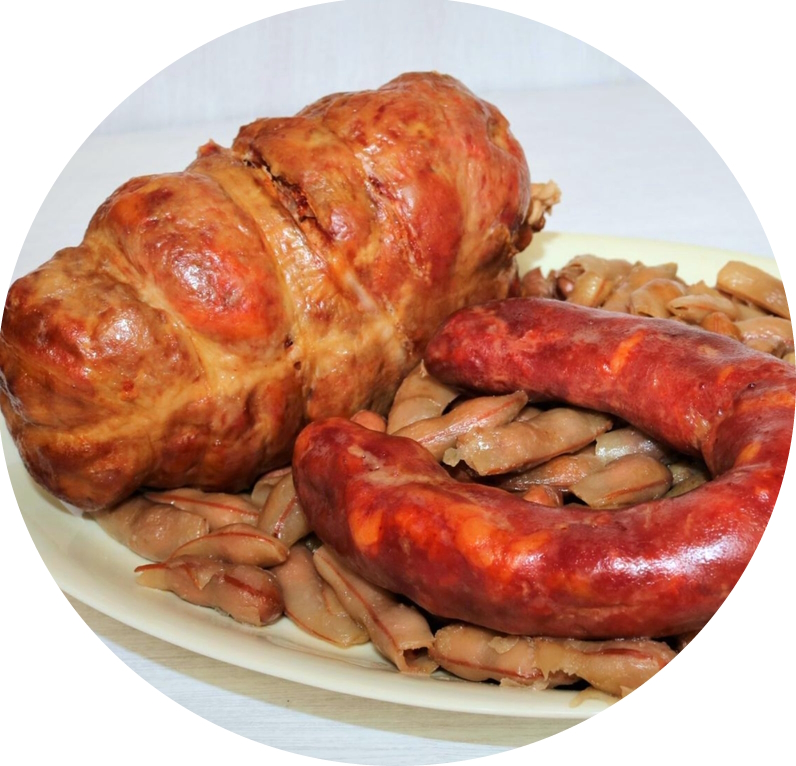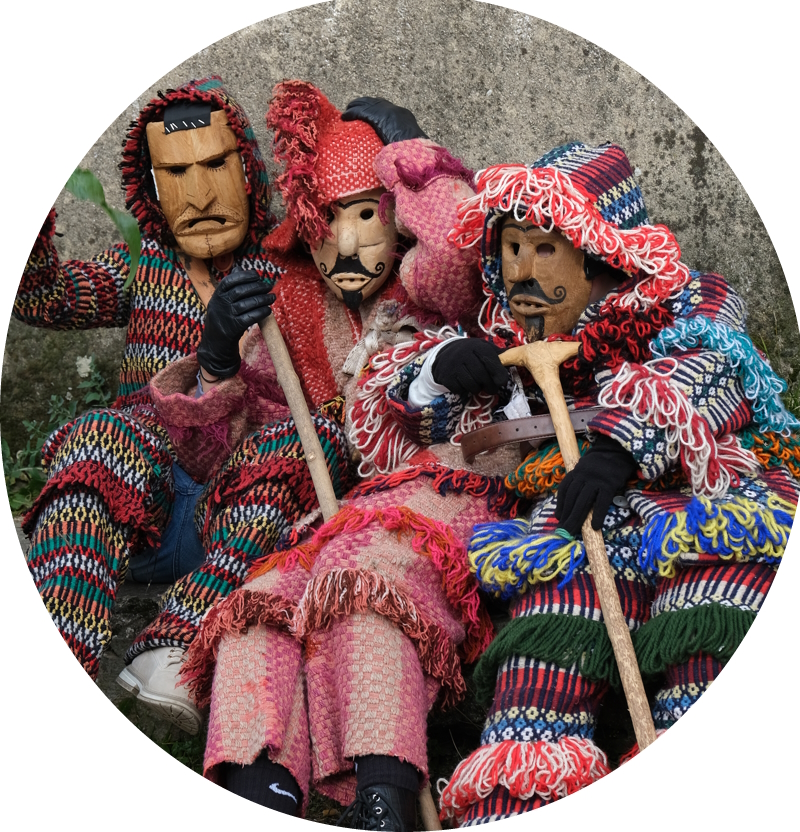
“Caretos” is a traditional Carnival festivity that takes place in some villages in the Bragança District, located in the northeast region of Portugal. The “Caretos” are men who dress up in colorful costumes made of sheepskin, blankets, and ribbons, wearing wooden masks with long noses and big teeth.
During the festivity, the “Caretos” roam the village’s streets, jumping and dancing while trying to scare people with their masks and wooden sticks. They also play traditional music and interact with the spectators by stealing hats, giving hugs, or spraying them with water and ashes.
It is shown, as an example, the “Máscaros de Vila Boa”, being the most known the “Caretos de Podence”, since they were recognized as an Intangible Cultural Heritage of Humanity by UNESCO in 2019.
Bragança is a city located in the northeast region of Portugal, and it is surrounded by natural landscapes with diverse flora and fauna. Bragança is surrounded by forests of oak, chestnut, and pine trees, which provide habitat for a variety of wildlife species.
The Montesinho Natural Park, located near Bragança, is a mountainous region with peaks reaching over 1,400 meters in altitude. This area is home to a variety of plant and animal species, including the Iberian lynx and the golden eagle.
The region surrounding Bragança is known for its agricultural production, including olive groves, vineyards, almond and hazelnut orchards.
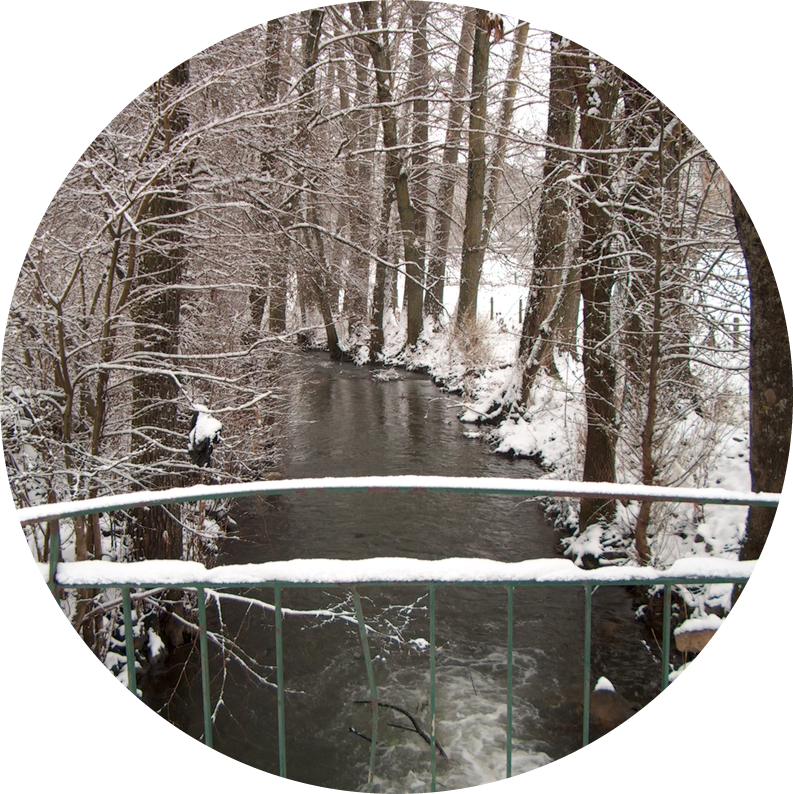
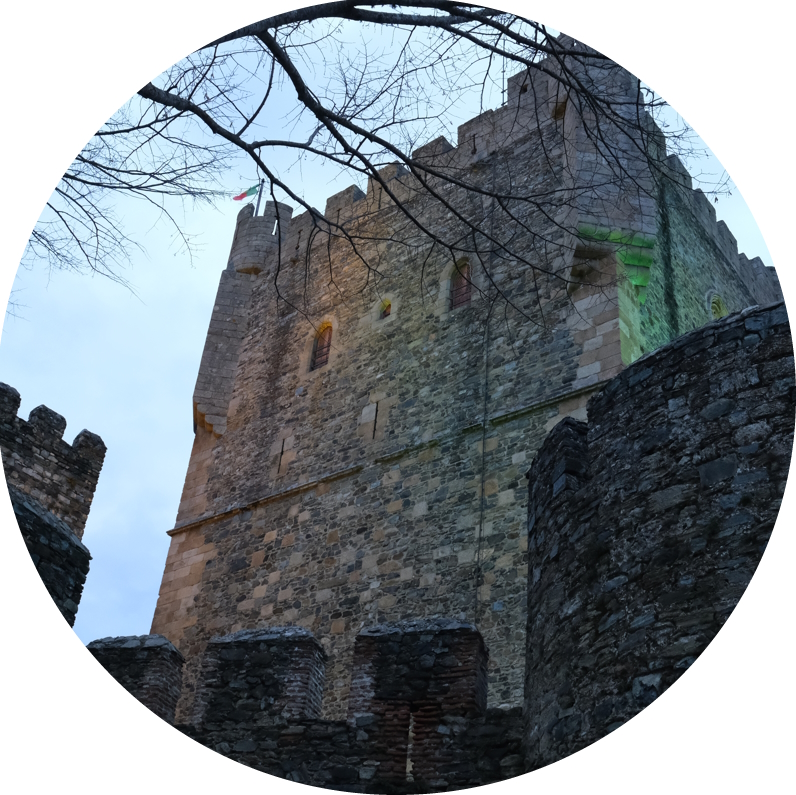
Bragança is a historic city with several significant landmarks and historical sites that reflect its rich cultural heritage. The medieval castle dates back to the 12th century and is one of the city’s most iconic landmarks. It features a keep, towers, and walls, and offers views over the city and the surrounding countryside.
The Domus Municipalis is also a 12th-century Romanesque building and is one of the few examples of civic Romanesque architecture in Portugal. It was used as a meeting place for the town council and is now a museum.
The Santa Maria church, built in the 16th century, is one of the city’s most important religious buildings, with an impressive facade and a richly decorated interior.
Bragança offers visitors the opportunity to explore its history and culture through various museums. For example, the Abade de Baçal museum is located in a 16th-century former bishop’s palace and showcases the history, culture, and art of the Trás-os-Montes region. The museum features a diverse collection of artefacts, including Roman mosaics, traditional costumes, and religious art.
The Militar Museum, located within the walls of Bragança Castle, showcases military artefacts from various periods of Portuguese history, including weapons, uniforms, and equipment.
The Iberian Museum of the Mask and Costume explores the history and significance of masks and costumes. The museum has a collection of over 500 masks and costumes from Portugal, Spain, and other countries.
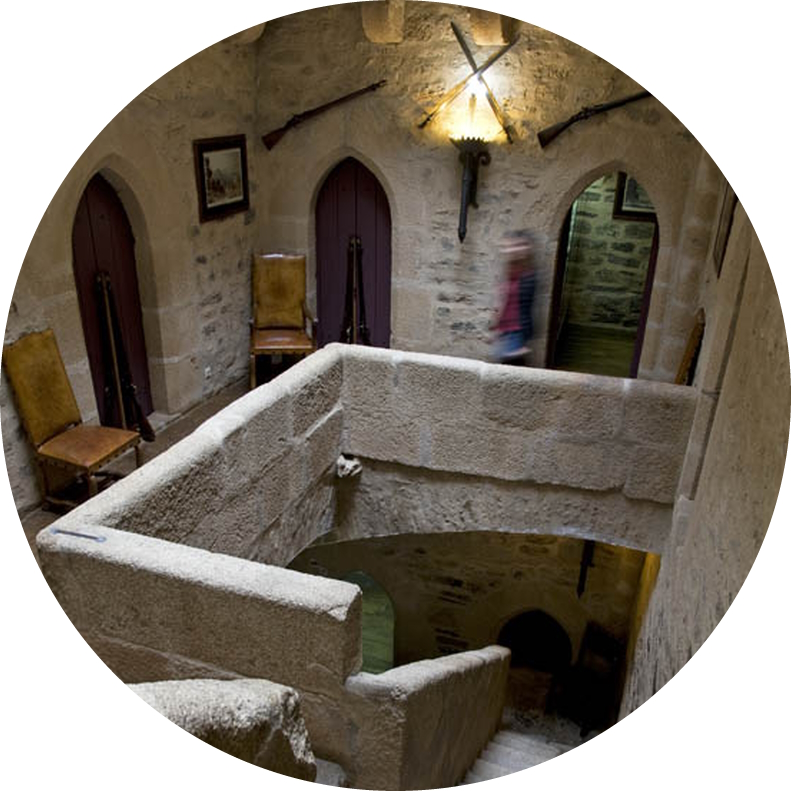

There are several places in Bragança where you can enjoy art exhibitions and cultural events. For example, the Centre of Photography Georges Dussaud, a museum named after the French photographer G. Dussaud, which displays his work alongside other contemporary photographers. The museum is housed in a restored 16th-century building and has temporary exhibitions throughout the year. Also, the Centre for contemporaneous art Graça Morais, located in the historic centre of Bragança, hosts permanent and temporary exhibitions of contemporary art, showcasing the works of Portuguese and international artists.
The gastronomy in Bragança is known for its rich flavours and traditional dishes, which are deeply rooted in the region’s history and culture. The cuisine of Bragança is influenced by local agriculture, animal husbandry, and traditional cooking techniques.
